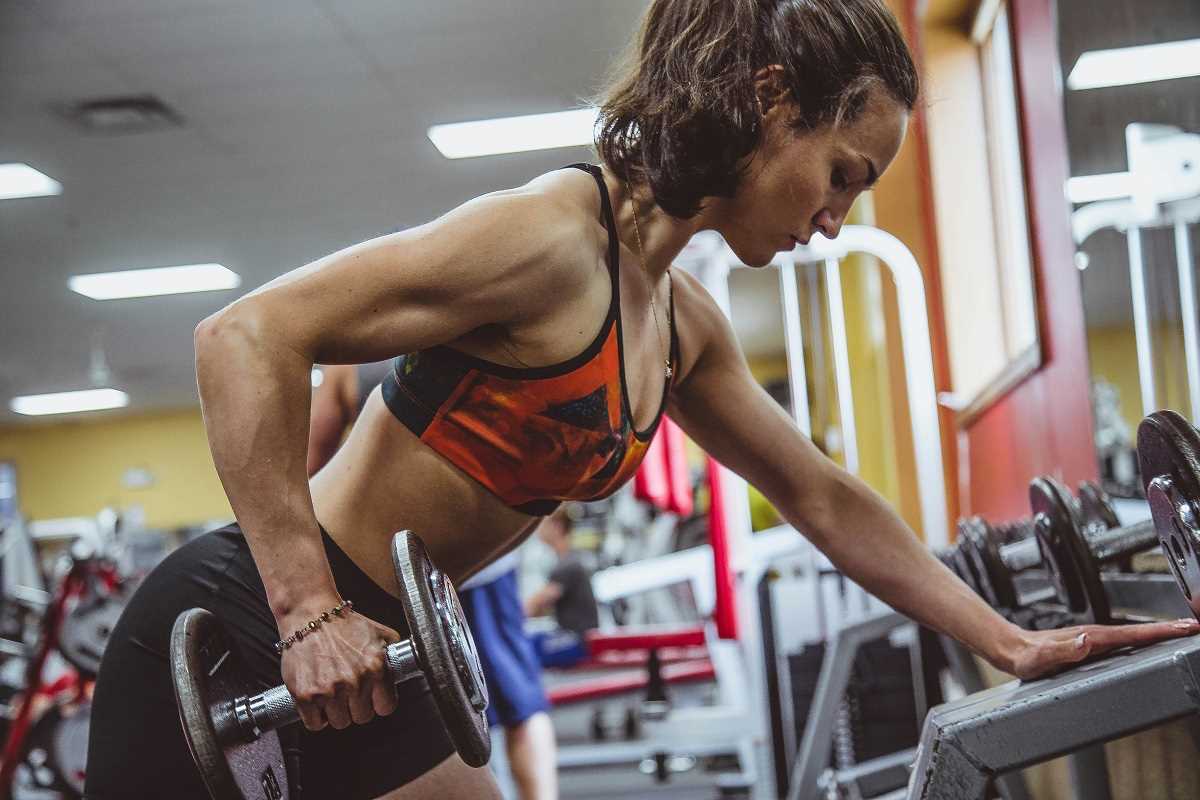Starting a fitness routine can be both exciting and overwhelming, especially if you're concerned about joint pain, physical limitations, or simply finding exercises that won’t leave you feeling defeated. That’s where low-impact workouts come in. They’re perfect for beginners, gentle on your joints, and still effective in building strength, endurance, and overall health.
If you’re not quite sure where to start, this guide’s got you covered. We’ll explore some of the best low-impact exercises, how they benefit you, and simple ways to integrate them into your routine. Not only will you stay active, but you’ll also avoid injuries as you ease into fitness.
1. What Are Low-Impact Workouts?
Low-impact exercises are activities where at least one foot stays grounded or supported at all times, which minimizes the stress placed on your joints and muscles. Instead of focusing on high-impact activities like running or jumping, low-impact exercises provide steady, controlled movements that are just as effective for improving your fitness.
The beauty of low-impact workouts is their versatility. They’re ideal for people who are new to fitness, recovering from an injury, or simply looking for ways to stay active without putting extra strain on their bodies.
2. Benefits of Low-Impact Workouts
Low-impact doesn’t mean low-benefit! These exercises come with a range of perks for your physical and mental health.
- Joint protection: They’re gentle on your knees, hips, and ankles, helping to prevent excess wear and tear.
- Improved cardiovascular health: Many low-impact exercises, like swimming or brisk walking, still elevate your heart rate, improving heart health over time.
- Stress relief: Activities like yoga or stretching promote relaxation and mental clarity while also increasing flexibility.
- Accessibility for all levels: Whether you’re a beginner or a seasoned athlete, low-impact movements can be adjusted to suit your fitness level.
- Reduced risk of injury: These controlled movements help avoid overloading your body, making them great for long-term fitness.
Now that we’ve covered why low-impact exercises are amazing, here are some of the best ones to try.
3. Top Low-Impact Workouts for Beginners
Whether you’re looking for an activity you can do at home, in the gym, or outdoors, there’s something here for everyone.
3.1 Walking
Walking is one of the easiest, most accessible exercises out there. All you need is a pair of comfortable shoes and a place to move.
- Why it’s great: Walking strengthens your legs, improves your cardiovascular health, and boosts your mood without putting strain on your joints.
- Getting started: Start with short, easy walks around your neighborhood or on a treadmill. Gradually increase the distance or speed as your fitness improves.
- Pro tip: Aim for 30 minutes a day, but remember that even a 10-minute stroll can make a difference.
3.2 Swimming
Swimming and water-based activities are fantastic for full-body movement without stress. Water provides buoyancy, which supports your weight and reduces joint strain while allowing for resistance.
- Why it’s great: Even if you’re not an experienced swimmer, water aerobics or simply walking in a pool can improve muscle tone, flexibility, and endurance.
- Getting started: Check local pools for beginner-friendly swim classes or water fitness programs tailored to beginners.
- Pro tip: If swimming laps feels intimidating, start by holding onto the pool’s edge and practicing basic kicks to build confidence.
3.3 Yoga
Yoga is more than just deep breathing and stretching. It’s excellent for building strength, balance, and flexibility over time. Plus, it helps calm the mind and relieve stress.
- Why it’s great: Yoga exercises target muscles all over your body, and the gentle movements ensure you don’t put unnecessary pressure on joints.
- Getting started: Find beginner yoga classes online, through apps, or at your local gym. Hatha or gentle yoga classes are great starting points.
- Pro tip: Use props like yoga blocks or straps to support your body and prevent overstretching as you learn the poses.
3.4 Cycling
Cycling is another joint-friendly workout that’s as effective as a high-impact run but without the pounding impact. Whether you’re using a stationary bike or riding outdoors, you’ll work your legs, heart, and lungs.
- Why it’s great: Cycling strengthens your lower body while burning calories, making it an efficient, low-impact option.
- Getting started: Adjust the saddle height on your bike or stationary bike to ensure proper form and comfort before getting started.
- Pro tip: Start with short, slower rides, and build up resistance or intervals as you gain strength. Alternatively, join a beginner cycling class for guidance.
3.5 Pilates
Pilates focuses on controlled movements to strengthen your core, improve posture, and enhance flexibility. Unlike yoga, Pilates is more targeted toward stability and core muscle conditioning.
- Why it’s great: It’s perfect for beginners who want to tone muscles without rigorous cardio.
- Getting started: Enroll in a mat-based Pilates class or use beginner-friendly YouTube videos to try it out at home.
- Pro tip: Focus on making small, precise movements rather than rushing through the exercises.
3.6 Elliptical Training
The elliptical is an excellent machine for cardio workouts without the jarring impact of running. Its smooth gliding motion works your legs, glutes, and arms simultaneously.
- Why it’s great: It’s especially useful for building cardiovascular endurance if running is too hard on your joints.
- Getting started: Start with a low resistance setting and keep your movements slow and steady to maintain control.
- Pro tip: Hold onto the handlebars for balance if you’re new, but aim to use them for arm movements as you gain confidence.
4. Tips for Getting Started
Starting a new fitness routine might feel overwhelming, but a little preparation can make all the difference.
Take It Slow and Steady
It’s tempting to jump into a workout headfirst, but your body needs time to adapt. Begin with short sessions (10-15 minutes), and gradually increase the duration and intensity over weeks.
Focus on Form
Proper technique prevents injuries and ensures you’re getting the most out of each movement. If you’re unsure about your form, consider attending an in-person class or watching instructional videos.
Stay Consistent
Consistency beats intensity when it comes to long-term fitness. Aim for at least 3-5 low-impact workout sessions per week to build lasting habits and progress steadily.
Listen to Your Body
Pay attention to how you feel during and after exercise. Slight muscle soreness is normal, but sharp pain or discomfort is a sign to stop, rest, and reevaluate your routine.
Mix It Up
Don’t stick to just one type of workout. Trying different low-impact activities keeps your routine fresh and engages different muscle groups for better overall fitness.
5. Common Mistakes to Avoid
When starting with low-impact workouts, it’s easy to make some common missteps. Watch out for these to stay on track and injury-free.
- Pushing too hard too soon: Give your body time to adapt instead of rushing progress.
- Skipping warm-ups and cool-downs: Always prepare your muscles for movement and stretch after to aid recovery.
- Ignoring rest days: Rest is crucial for muscle repair and preventing burnout.
- Wearing improper gear: Invest in comfortable, supportive shoes and clothing appropriate for your chosen activity.
 (Image via
(Image via




